How To Get Rid Of Broadleaf Weeds In Days Or Less
Title: How to Get Rid of Broadleaf Weeds in Days or Less
Introduction:
Broadleaf weeds are a common problem in lawns and gardens. They can be unsightly, and they can also compete with your grass for nutrients and water. If you're looking for a way to get rid of broadleaf weeds quickly and easily, there are a few different methods you can try.
In this blog post, I'll discuss some of the most effective ways to get rid of broadleaf weeds in days or less. I'll also provide some tips on how to prevent them from coming back.
Main Content:
There are two main methods for getting rid of broadleaf weeds:
- Chemical herbicides: These herbicides kill the weeds by interfering with their growth. They can be effective, but they can also be harmful to the environment and to your health.
- Non-chemical methods: These methods include hand-pulling, hoeing, and solarization. They are less harmful to the environment and to your health, but they may not be as effective as chemical herbicides.
Chemical Herbicides:
There are a variety of chemical herbicides available that can be used to kill broadleaf weeds. Some of the most common herbicides include:
- 2,4-D: This is a broad-spectrum herbicide that is effective against a wide variety of broadleaf weeds.
- MCPP: This herbicide is similar to 2,4-D, but it is less likely to harm desirable plants.
- Triclopyr: This herbicide is effective against a variety of broadleaf weeds, including some that are resistant to other herbicides.
When using chemical herbicides, it is important to follow the instructions on the label carefully. You should also wear gloves and long sleeves to protect yourself from the chemicals.
Non-Chemical Methods:
There are a number of non-chemical methods that can be used to get rid of broadleaf weeds. Some of the most common methods include:
- Hand-pulling: This is the most effective way to get rid of broadleaf weeds. However, it can be time-consuming and difficult, especially if the weeds are large or have deep roots.
- Hoeing: Hoeing can be used to kill small weeds and to control the spread of larger weeds. However, it is important to be careful not to damage your lawn when hoeing.
- Solarization: This method involves covering the ground with clear plastic for several weeks. The heat from the sun will kill the weeds' roots.
Preventing Broadleaf Weeds:
The best way to prevent broadleaf weeds is to have a healthy lawn. A healthy lawn will crowd out weeds and make it difficult for them to get established. There are a few things you can do to keep your lawn healthy, including:
- Mowing your lawn regularly: This will help to keep the grass short and prevent weeds from getting a foothold.
- Fertilizing your lawn: This will help the grass to grow strong and healthy.
- Watering your lawn properly: This will help the grass to stay healthy and prevent it from becoming stressed.
Conclusion:
There are a variety of ways to get rid of broadleaf weeds in days or less. The best method for you will depend on the severity of the weed problem and your personal preferences. If you are looking for a quick and easy solution, chemical herbicides may be the best option for you. However, if you are concerned about the environment or your health, you may want to consider non-chemical methods.
For more information about broadleaf weeds, visit Home Gardening.
FAQ of broadleaf weeds
- What are broadleaf weeds?
Broadleaf weeds are a type of weed that has broad, flat leaves. They are different from grassy weeds, which have narrow, blade-like leaves. Some common examples of broadleaf weeds include dandelions, clover, and plantain.
- How do I control broadleaf weeds?
There are a number of ways to control broadleaf weeds. Some common methods include:
* Hand-pulling: This is the most effective way to control broadleaf weeds, but it can be time-consuming and labor-intensive.
* Mulching: Mulching helps to suppress the growth of weeds by blocking out sunlight.
* Using herbicides: Herbicides are chemicals that can kill weeds. There are a number of different herbicides available, so it is important to choose one that is specifically designed for broadleaf weeds.
- What is the best treatment for broadleaf weeds?
The best treatment for broadleaf weeds depends on the type of weed and the severity of the infestation. In general, hand-pulling is the most effective way to control broadleaf weeds, but it may not be practical for large infestations. Mulching and herbicides can also be effective, but it is important to use them carefully and according to the manufacturer's instructions.
- What are the signs of a broadleaf weed infestation?
Some signs of a broadleaf weed infestation include:
* The presence of broadleaf weeds in your lawn or garden
* Wilting or yellowing of your lawn or garden plants
* Reduced growth of your lawn or garden plants
- How can I prevent a broadleaf weed infestation?
There are a number of things you can do to prevent a broadleaf weed infestation, including:
* Keep your lawn or garden well-maintained
* Rake up leaves and debris in the fall
* Apply mulch to your lawn or garden
* Use herbicides to control weeds before they become a problem
Image of broadleaf weeds
- Dandelion: A common broadleaf weed with yellow flowers and a white, fluffy seed head.
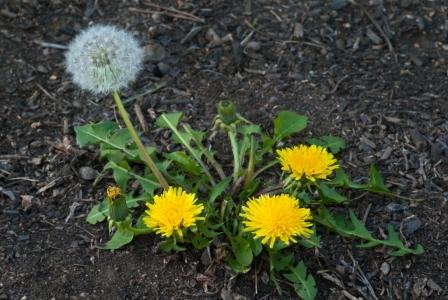
- Bindweed: A vining broadleaf weed that can be difficult to control.
- Canada thistle: A prickly broadleaf weed with purple flowers.

- Crabgrass: A common broadleaf weed in lawns.
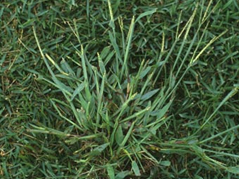
- Ground ivy: A creeping broadleaf weed with small, purple flowers.
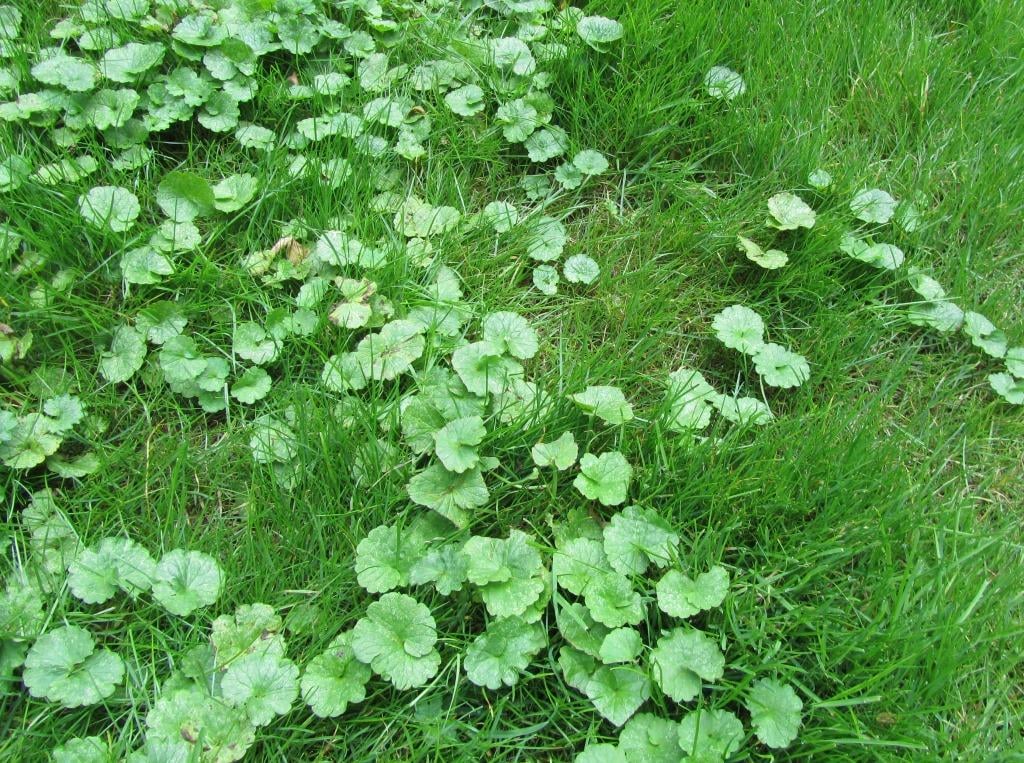
- Mallow: A broadleaf weed with pink, white, or purple flowers.

- Nettle: A stinging broadleaf weed with green leaves and white flowers.

- Pigweed: A broadleaf weed with red, green, or yellow flowers.
- Sorrel: A broadleaf weed with sour-tasting leaves.

- Wild mustard: A broadleaf weed with yellow flowers.
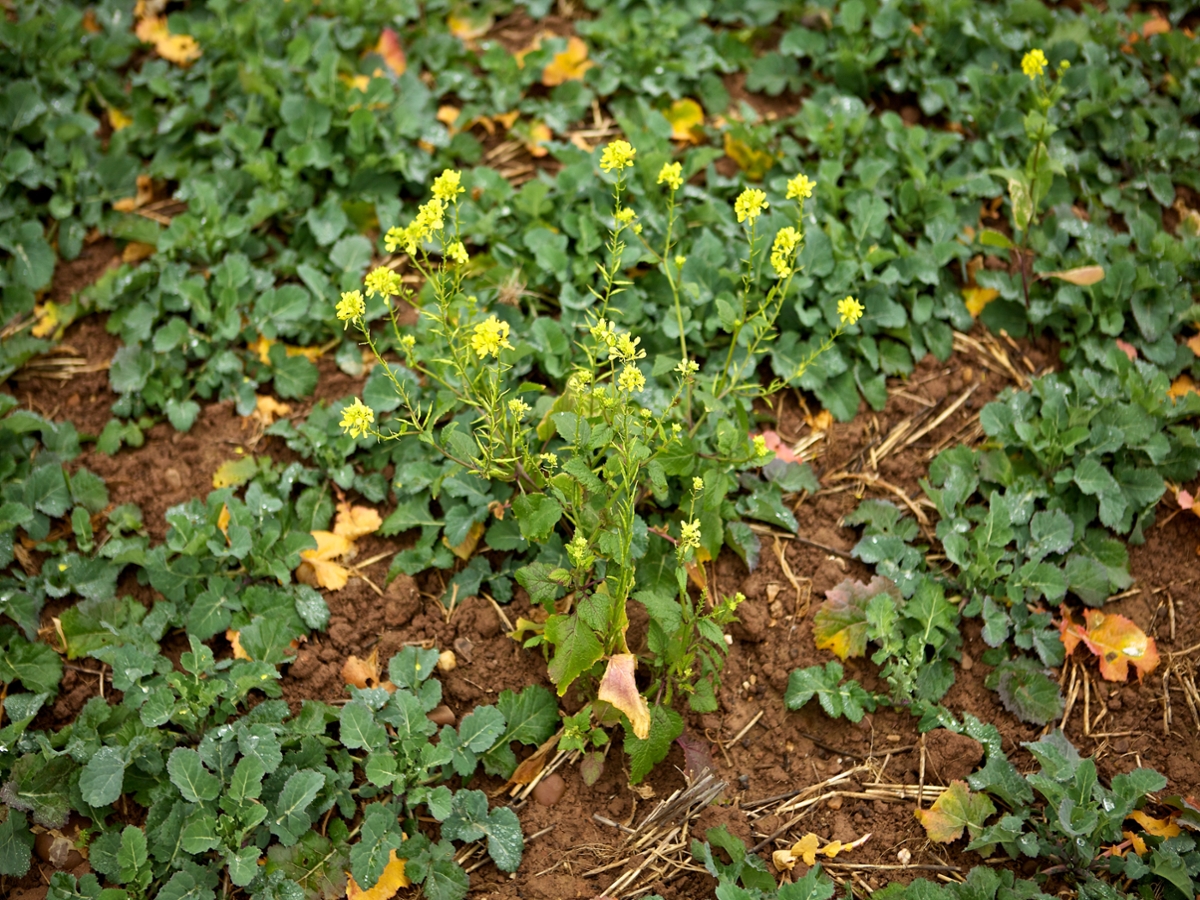
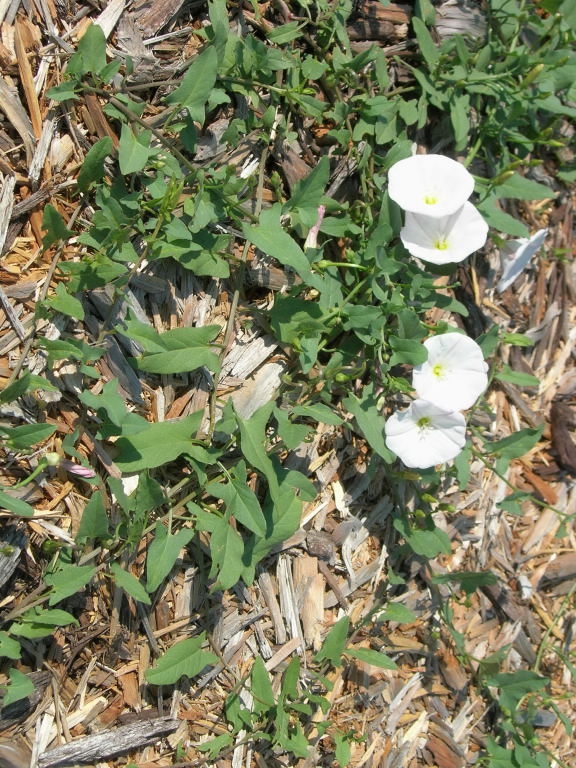
Post a Comment for "How To Get Rid Of Broadleaf Weeds In Days Or Less"